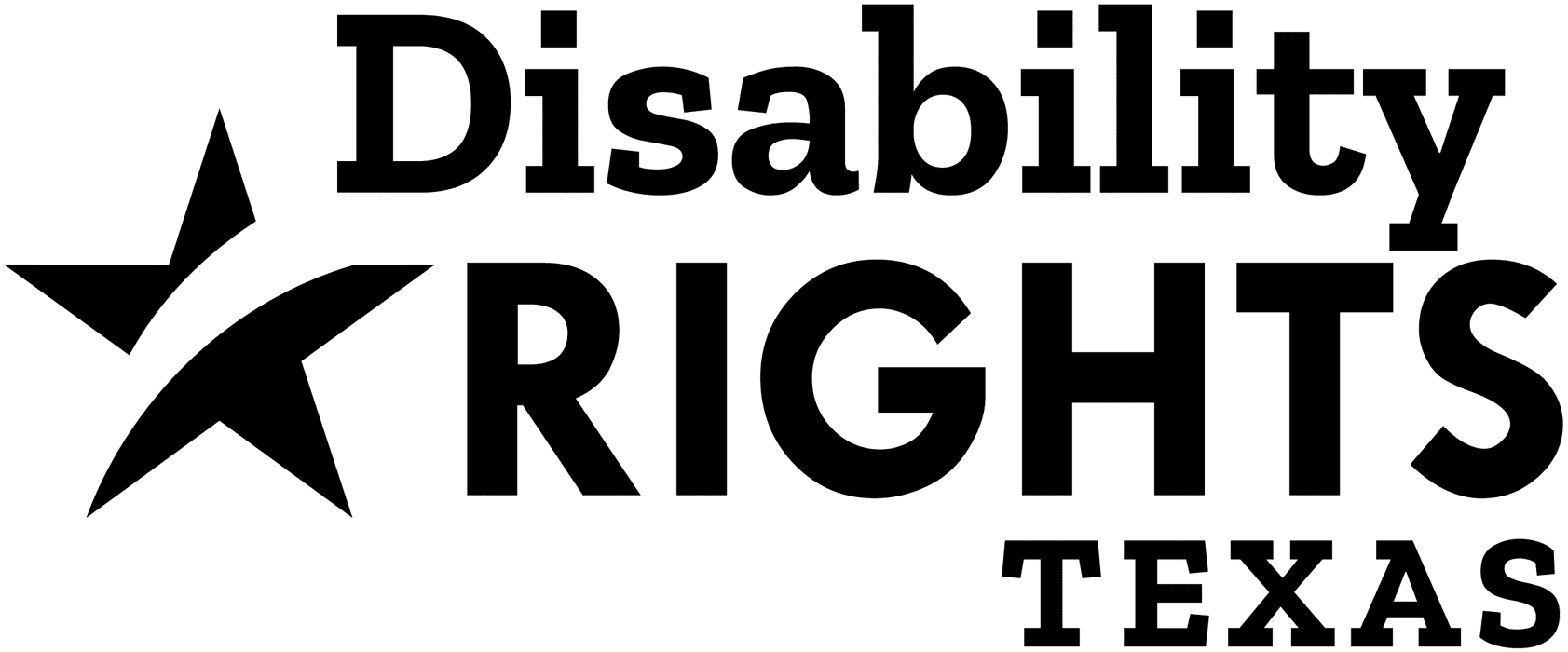Table of Contents
Emergency communications are critical for your safety and well-being. It’s important for people with disabilities to get alerts about severe weather and emergencies. Getting alerts helps you stay informed so you can prepare for what’s coming and respond.
There are many, many types of communications you might receive depending on the event and options available to disseminate the information. You can get alerts and notifications via:
- text or push notification on a cell phone,
- phone call,
- email,
- weather radio, and
- more.
Below are just some of the options available.
Wireless Emergency Alerts
You should automatically receive Wireless Emergency Alerts (WEAs) if you have a cell phone, whether it’s a flip phone or a smartphone. WEAs are emergency messages sent by government agencies via text message. The alerts could be related to severe weather or a local emergency that you should know about.
Tip: Check your cell phone’s settings to make sure you haven’t opted out of receiving WEAs.
TV & Radio
Another automatic alert is sent via the Emergency Alert System (EAS), which pushes out weather and emergency alerts through TV and radio. If you are watching or listening to broadcast (over the air), cable, or satellite TV or radio, you should receive EAS alerts in both a visual and audio mode.
Tip: If you are watching video on a streaming service – e.g., Netflix, Hulu, Prime Video, etc. – you will not receive EAS alerts through those services.
FEMA App
The FEMA App pushes out both weather and emergency alerts, and the weather alerts it provides cover what you would get from a typical weather app. You can get alerts for up to five locations, so you can keep track of what’s going on in other places, like a where a family member lives, or a place you may be travelling to soon.
Tip: The FEMA app is compatible with screen reader technology, like Voice Over and TalkBack.
Weather Apps
If you have a smartphone and tablet, you can use a weather app to monitor the weather and know when weather alerts are issued. Most devices come with a weather app already installed but, if you prefer something else, there are many free weather apps available and most local TV news stations offer a weather app.
Tip: Pay attention to your local weather forecast so you know ahead of time about potentially-dangerous weather systems. Learn more about Why You Should Watch the Weather.
City and County Alerts
Some cities and counties issue alerts that cover both weather-related situations and local emergencies. In most cases, alerts are provided in multiple ways and you can sign up for any or all of them. Depending on the city or county, alerts may be provided via text, email, phone call, or Telecommunication Device for the Deaf (TDD) and Teletypewriter (TTY). To find out if your city or county provides alerts, search online or contact your local Office of Emergency Management
Tip: Call 2-1-1 for help if you can’t find out how to get city or county alerts.
Accessible Hazard Alerts
Some communities in Texas offer the Accessible Hazard Alert System (AHAS™). With this system, communities send accessible emergency alerts to individuals who are deaf, hard of hearing, blind, DeafBlind, or literacy challenged. AHAS™ Alerts are created in American Sign Language (ASL) video, English voice, and text, and are sent to internet and video-capable devices such as computers, tablets, cell phones, and wireless Braille readers. Currently, AHAS™ is available in Austin/Travis County, Fort Worth, Houston/Harris County, and San Antonio.
Tip: If your city or county does not provide AHAS™, ask them to.
Utility Providers
You can sign up to get alerts from ERCOT’s Texas Advisory and Notification System (TXANS), which lets you know ahead of time if there will be a higher demand for energy. If there is a higher demand, less energy may be available and you could be asked to conserve energy.
Also, see if your local utility providers – for example, your power, gas, or water providers – provide alerts about outages, disruptions, and other notices.
Weather Radio
NOAA Weather Radios don’t only provide timely alerts about severe weather and local emergencies, they also provide regular weather information 24 hours per day. Weather radios can be a good option for people with disabilities because various features and accessories are available to make their alerts more accessible.
Tip: To make sure you don’t miss an alert, weather radios can get your attention with alarms, strobe lights, and more. Read Weather Radios: What People with Disabilities Need to Know to learn more.
What Alerts Should I Get?
This handout covers the different ways to get weather and emergency alerts. There are a lot of options to choose from, so where do you do you start? Our Tips for Selecting Weather & Emergency Alerts can help you figure out what things to consider so you can get alerts that will work for you.
Updated: March 22, 2025
Publication Code: DPR11

www.DRTx.org
Statewide Intake: 1-800-252-9108
Sign Language Video Phone: 1-866-362-2851
Purple 2 Video Phone: 512-271-9391
Online Intake available 24/7: intake.DRTx.org
Disclaimer: Disability Rights Texas strives to update its materials on an annual basis, and this handout is based upon the law at the time it was written. The law changes frequently and is subject to various interpretations by different courts. Future changes in the law may make some information in this handout inaccurate.
The handout is not intended to and does not replace an attorney’s advice or assistance based on your particular situation.
To request this handout in ASL, Braille, or as an audio file, contact us.
Print This Page